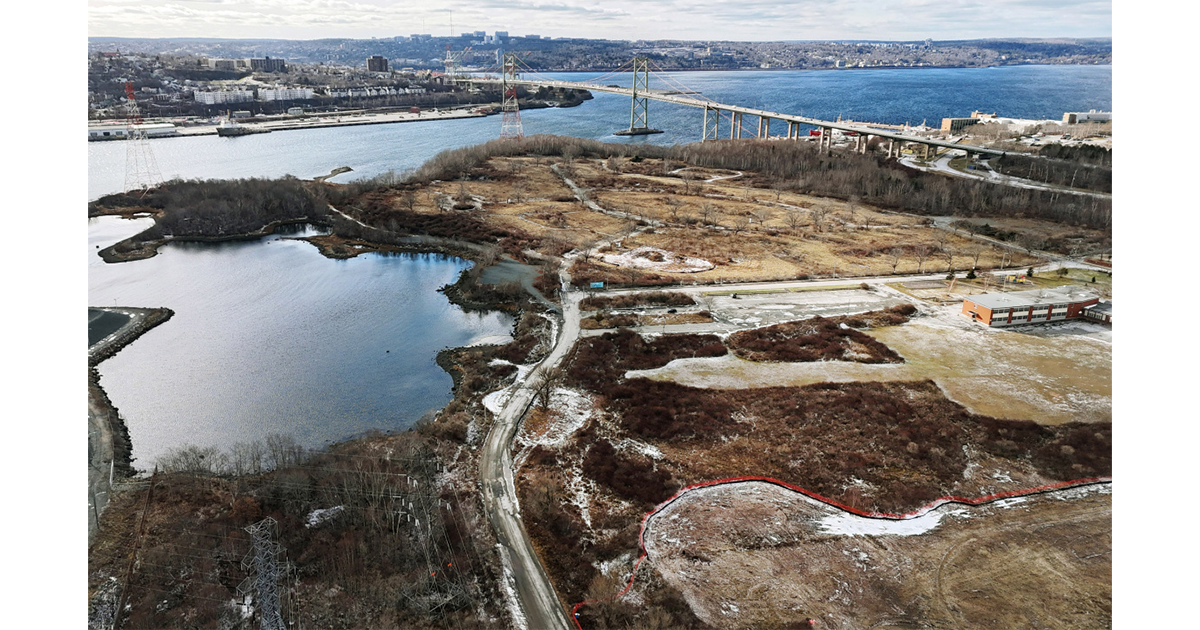Minister Vandal Announces a $15.5-Million Investment in the Yukon’s Largest Solar Project

August 26, 2022
Communities across the North and Arctic are prioritizing cleaner, more reliable energy sources, as they continue to feel the impacts of climate change. By investing in renewable energy initiatives that support energy independence and economic development, we can keep our air cleaner and build resilient, healthy communities for everyone to call home, all while creating good-paying, sustainable jobs and lowering harmful greenhouse gas (GHG) emissions.
The Yukon is leading the country in its pursuit of cleaner energy and climate change initiatives. The Honourable Daniel Vandal, Minister of Northern Affairs, Minister responsible for Prairies Economic Development Canada and Minister responsible for the Canadian Northern Economic Development Agency, on behalf of the Honourable Jonathan Wilkinson, Minister of Natural Resources, announced an investment of nearly $15.5 million from the federal government for the Copper Niisüü Limited Partnership, the development corporation of White River First Nation, to deploy the Beaver Creek Solar Project.
This investment includes over $13.4 million from Natural Resources Canada’s Clean Energy for Rural and Remote Communities program and $2 million from the Canadian Northern Economic Development Agency’s Inclusive Diversification and Economic Advancement in the North (IDEANorth) program.
The Beaver Creek Solar Project, located on the Traditional Territory of the White River First Nation, will reduce the community’s reliance on diesel for electricity while creating training and skills opportunities for its residents and generating a sustainable income for Copper Niisüü Limited Partnership that can be invested in future clean energy initiatives and other community priorities.
The project, with 1.9 megawatts (MW) of solar panels and 3.5 MWh of battery energy storage, is expected to generate an average of 1,100 MWh per year, displacing approximately 55 percent of diesel consumption for electricity generation. Using life-cycle emissions of diesel fuel, the project will reduce on average 1,100 tonnes of CO2 annually and will help the community reduce their reliance on diesel and provide greater energy security.
Canada’s 2030 Emissions Reduction Plan: Clean Air, Strong Economy ensures Canada will remain a world leader in clean power. The Government of Canada is committed to supporting local solutions and community-driven projects that will build a clean energy future for all. Together, we are building healthier, greener and more energy-resilient communities for future generations.
Quick Facts
- Natural Resources Canada’s Clean Energy for Rural and Remote Communities program is a $220-million program that strives to reduce reliance on diesel in rural and remote communities by deploying and demonstrating renewable energy projects, encouraging energy efficiency and building local skills and capacity. The program is part of the government’s Investing in Canada plan, a more than $180-billion investment in public transit projects, green infrastructure, social infrastructure, trade and transportation routes, and Canada’s rural and northern communities.
- Canadian Northern Economic Development Agency’s Inclusive Diversification and Economic Advancement in the North (IDEANorth) program makes foundational investments in economic infrastructure, sector development and capacity building to help position northerners in the territories to take advantage of Canada’s innovation economy.
- CanNor funding towards the construction of the Beaver Creek Solar Project builds on a previous investment of $1.2 million toward pre-construction work from 2019 to 2021.
Quotes
“The Government of Canada is pleased to be supporting the White River First Nation for the deployment of the Yukon’s largest solar power project to date. Indigenous leadership in clean energy is critical to both achieving Canada’s ambitious climate targets and enabling economic reconciliation. This project will create sustainable jobs and skills training opportunities for residents while also providing sustainable and secure power.”
The Honourable Jonathan Wilkinson
Minister of Natural Resources
“Our government continues to support Indigenous-led clean energy initiatives such as the Beaver Creek Solar Project. Since day one, this project has embodied the strength, vision and collaboration that characterizes the Yukon. Construction of this project will lower energy costs, enhance reliability and reduce pollution, and create good-quality jobs in northern, rural and remote communities.”
The Honourable Daniel Vandal
Minister of Northern Affairs, Minister responsible for Prairies Economic Development Canada and Minister responsible for the Canadian Northern Economic Development Agency
“I am proud of our Copper Niisüü Limited Partnership and how much they have accomplished in just a few years. The work that they do supports the self-reliance of our community and our prosperity. This project is a great example of what we can do together with the right partnerships, a strong team and a common vision.”
Chief Bessie Chasse
White River First Nation
“Here in the Yukon, we take immense pride in the lands and waters that span this beautiful territory. For that reason, and so many others, the impacts of climate change are felt deeply. That is why our government continues to support initiatives such as the Beaver Creek Solar Project. From blueprint to construction, this initiative has created opportunities for job growth and it has helped build a path forward with cleaner, more sustainable energy for generations to come.”
Dr. Brendan Hanley
Member of Parliament for Yukon
















